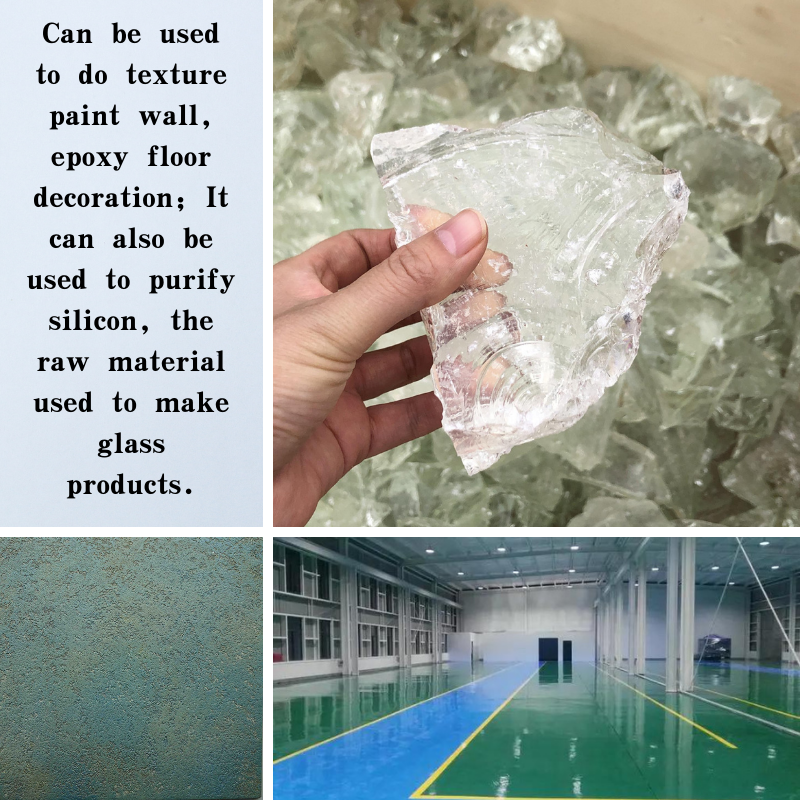
activated carbon pellets factory
The Importance of Activated Carbon Pellets Factories
Activated carbon has gained immense significance across various industries due to its unique ability to adsorb impurities from gases and liquids. Among the different forms of activated carbon, pellets hold a prominent position due to their shape and efficiency. This article explores the functioning and importance of activated carbon pellets factories, their manufacturing processes, applications, and the environmental impact.
The Manufacturing Process
Activated carbon pellets are produced through a specialized process that transforms carbonaceous materials, such as wood, coal, or coconut shells, into a highly porous substance. The manufacturing process typically involves carbonization and activation.
1. Carbonization This initial step involves heating the raw material in the absence of oxygen at high temperatures (between 400-1000 degrees Celsius). This process removes volatile components, leaving behind a charred product that is rich in carbon.
2. Activation The carbonized material is then subjected to activation, which involves treating it with oxidizing agents like steam or carbon dioxide at elevated temperatures (typically between 800-1200 degrees Celsius). This stage develops the porous structure that characterizes activated carbon, giving it a large surface area with increased adsorptive properties.
3. Pelletization After activation, the carbon is ground and then processed into pellets. This is done by mixing it with binding agents and forming it into small cylindrical shapes. The pelletization process enhances the material's handling characteristics, making it easier to transport and utilize in various applications.
Applications of Activated Carbon Pellets
Activated carbon pellets are utilized in a wide range of industries, showcasing their versatility
activated carbon pellets factory

- Environmental Remediation One of the primary applications of activated carbon pellets is in water and air treatment systems
. They effectively remove pollutants, contaminants, and certain heavy metals from wastewater, ensuring compliance with environmental regulations.- Industrial Processes Industries such as food and beverage, pharmaceuticals, and petrochemicals use activated carbon pellets for various purification processes, including decolorization, deodorization, and removal of organic solvents.
- Air Filtration In air purification systems, activated carbon pellets can trap volatile organic compounds (VOCs), odors, and other harmful gases. This is vital for maintaining indoor air quality in residential and commercial buildings.
- Gas Mask Filters The military and first responders rely on activated carbon pellets in gas masks, where they adsorb lethal gases and vapors, providing critical protection in hazardous environments.
Environmental Impact
Activated carbon pellets factories play a crucial role in promoting environmental sustainability. By using renewable resources like coconut shells and wood, these factories contribute to a circular economy. The production of activated carbon not only assists in pollution control but also minimizes waste by transforming agricultural byproducts into valuable materials.
Moreover, modern activated carbon manufacturing processes are designed to be energy-efficient, often incorporating advanced technologies to reduce emissions of harmful substances. Continuous research and development ensure that factories employ greener methods, further reducing their ecological footprint.
Conclusion
Activated carbon pellets factories are integral to a sustainable future, providing essential materials for addressing pollution across various sectors. As industries continue to seek solutions for environmental challenges, the demand for activated carbon will likely grow. With ongoing advancements in production techniques and a commitment to sustainability, activated carbon pellets will remain a vital component in protecting both human health and the environment. As consumers and industries alike become more environmentally conscious, the role of activated carbon in combating pollution will only become more significant, making its production an essential aspect of modern industry.
Share
-
Premium Pigment Supplier Custom Solutions & Bulk OrdersNewsMay.30,2025
-
Top China Slag Fly Ash Manufacturer OEM Factory SolutionsNewsMay.30,2025
-
Natural Lava Rock & Pumice for Landscaping Durable Volcanic SolutionsNewsMay.30,2025
-
Custom Micro Silica Fume Powder Manufacturers High-Purity SolutionsNewsMay.29,2025
-
Custom Mica Powder Pigment Manufacturers Vibrant Colors & Bulk OrdersNewsMay.29,2025
-
Custom Micro Silica Fume Powder Manufacturers Premium QualityNewsMay.29,2025






